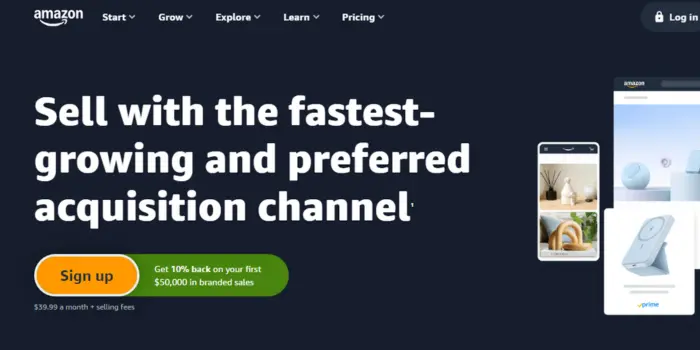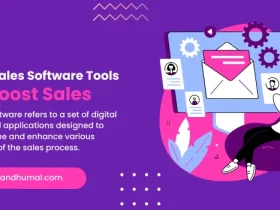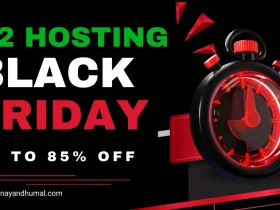Amazon FBA is an exceptional service tailored for small businesses and entrepreneurs aiming to sell a large volume of products directly to customers. It simplifies the process to the extent that you can establish a successful business without ever seeing the products yourself! However, this convenience also introduces potential pitfalls. Here are five major mistakes to avoid.
1. Overlooking Amazon’s Requirements
Amazon FBA has specific requirements for product packaging and labeling. For instance, products must arrive pre-packaged and with barcodes attached. Some products might also need Amazon’s assessment for suitability before acceptance.
Not understanding these requirements can lead to costly mistakes. If your products don’t meet Amazon’s standards, they will be sent back, wasting both time and money. Therefore, thoroughly review Amazon’s guidelines and ensure your manufacturers can comply with these requirements. Additionally, certain tasks, such as purchasing barcodes, fall on you. Familiarize yourself with Amazon’s fees, storage terms, and account types to make informed decisions about your profitability.
2. Ignoring the Cost of Returns
Returns can significantly impact your business’s profitability. While you may have meticulously calculated profits per unit by considering manufacturing costs, freight forwarding, and carrier fees, overlooking return costs can be detrimental.
Returns are common, especially in industries like fashion where sizing issues frequently lead to refunds. Handling these returns often means covering the shipping costs, which can be expensive. To mitigate this, factor in return rates when calculating potential profits and develop strategies to minimize returns, such as providing detailed product descriptions and clear images.
3. Mishandling Customer Complaints
Professionalism in handling unhappy customers is crucial. Neglecting or dismissing complaints can severely damage your business. A single disgruntled customer can deter many potential buyers through negative reviews and word-of-mouth.
Address complaints promptly and personally. Consider establishing a dedicated complaints department to manage issues effectively. Always compensate dissatisfied customers appropriately, whether through refunds, discounts, or complimentary products. This approach not only resolves immediate issues but also builds a positive reputation for your business.
4. Neglecting Proper Packaging
Proper packaging goes beyond what Amazon provides. There are two types of packaging: the outer envelope or parcel managed by Amazon, and the inner packaging, which is your responsibility.
Inner packaging is crucial for branding and protecting the product during transit. Work with manufacturers to ensure your packaging is sturdy and visually appealing. Avoid common packaging mistakes, such as:
- Packing too loosely: Ensures the item is well-padded to prevent damage from moving around inside the package.
- Packing too tightly: This avoids placing excessive pressure on the item, which could lead to breakage.
- Using overly tough packaging: Ensures the packaging is appropriate for the product’s delicacy.
- Using overly soft packaging: Ensures the packaging can withstand environmental factors like moisture.
- Not marking the bottom: Marks packages to prevent mishandling.
- Lackluster packaging: Invests in attractive packaging to enhance customer experience and product appeal.
5. Failing to Test the Product
Never skip the crucial step of testing your product before sending it to Amazon’s warehouses. Whether you designed the product yourself or sourced it from a manufacturer, always get a prototype first.
Testing allows you to identify design flaws or quality issues that could lead to customer dissatisfaction, high return rates, and additional storage costs. Even large companies make mistakes, so ensuring the product meets your standards before mass distribution is essential.
Conclusion
Avoiding these five common pitfalls will put you ahead of much of the competition and increase your chances of building a successful Amazon FBA business. For a more comprehensive guide, consider reading the full ebook, “Amazon FBA Success,” which covers every step of the process and offers valuable tips and tools for creating a profitable business.
FAQs about Amazon FBA
What is Amazon FBA?
Amazon FBA (Fulfillment by Amazon) is a service provided by Amazon that allows sellers to store their products in Amazon’s fulfillment centers. Amazon then picks, packs, ships, and provides customer service for these products.
How do I get started with Amazon FBA?
To get started, you need to create an Amazon seller account, choose the FBA option, list your products, and send your inventory to Amazon’s fulfillment centers. Amazon takes care of storage, shipping, and customer service from there.
What are the packaging requirements for Amazon FBA?
Products must arrive at Amazon fulfillment centers pre-packaged and with barcodes attached. Each product must be properly labeled and packaged according to Amazon’s guidelines, which include specifications for box sizes, weight limits, and packaging materials.
How do I handle returns with Amazon FBA?
Amazon handles customer returns on your behalf. However, it’s important to factor in the potential cost of returns when calculating your profits. Amazon will process the return, inspect the item, and determine if it can be resold.
Can I customize my product packaging for Amazon FBA?
Yes, you can customize the internal packaging of your products. While Amazon handles the outer packaging, you are responsible for the packaging inside the parcel. Investing in high-quality, branded packaging can enhance the customer experience and protect your product during transit.
How do I ensure my product meets Amazon’s requirements?
Thoroughly review Amazon’s FBA requirements on their Seller Central website. Ensure your products are properly labeled, packaged, and meet all guidelines. Communicate these requirements to your manufacturers and verify compliance.
What fees are associated with Amazon FBA?
Amazon charges various fees for FBA services, including storage fees, fulfillment fees, and optional service fees. These fees vary based on the size and weight of your products and the duration they are stored in Amazon’s fulfillment centers.
What happens if my product gets damaged in Amazon’s warehouse?
Amazon has policies to handle inventory that gets damaged while in their fulfillment centers. In most cases, Amazon will reimburse you for the damaged items, although specific conditions apply.
How do I handle customer complaints and negative reviews?
Respond to customer complaints promptly and professionally. Address their concerns, offer solutions such as refunds or replacements, and use their feedback to improve your products and services. Managing customer complaints effectively can prevent negative reviews and improve your business’s reputation.
Should I test my products before sending them to Amazon?
Yes, always test your products before sending them to Amazon’s fulfillment centers. This helps ensure the quality and functionality of your products, reducing the risk of returns and negative reviews.
Can I sell any product through Amazon FBA?
No, some products are restricted or require approval from Amazon before they can be sold through FBA. Check Amazon’s list of restricted products and categories to ensure your products comply with their policies.
How do I track my inventory with Amazon FBA?
Amazon provides inventory tracking tools within the Seller Central dashboard. You can monitor your inventory levels, check the status of shipments, and receive alerts when it’s time to restock.
Can I use Amazon FBA for international sales?
Yes, Amazon FBA can be used for international sales. Amazon has fulfillment centers worldwide, and FBA can help you reach international customers. Be sure to understand the additional fees and regulations associated with international shipping.










![Hostinger Black Friday Deals 2024: Up to 79% Off Web Hosting [FREE Domain, 3 Months Free Hosting] 12 Hostinger Black Friday Deals](https://nayandhumal.com/wp-content/uploads/2024/11/Hostinger-Black-Friday-Deals-280x210.webp)









Leave a Reply